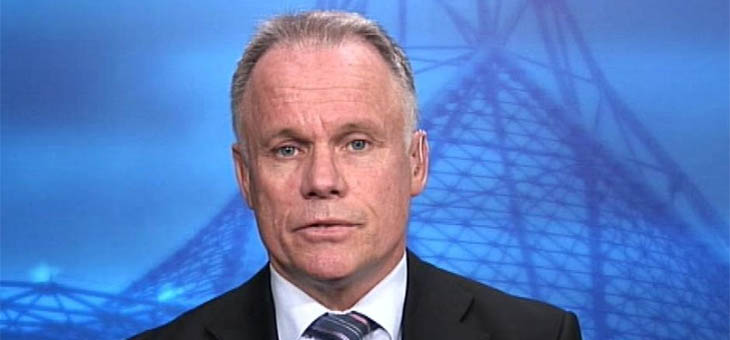At the same time as the head of one of Australia’s biggest health insurers has called on the Government to abolish Medicare and make private health insurance compulsory, a Grattan Institute report claims the private health insurance industry is in a death spiral.
Mark Fitzgibbon, managing director of NIB, says that forcing people to take out private health cover would solve an impending funding crisis in the public and private sectors.
Under his proposal, the Government would cover costs for those unable to afford private cover, thus continuing Australia’s universal healthcare, but funds would get an influx of healthy members to effectively balance the books.
“We love this word Medicare, it’s like Bambi,” Mr Fitzgibbon told Fairfax Media. “I don’t want to be seen as the one who wants to shoot Bambi, but I think there’s a better way of delivering universal healthcare which is more efficient and fairer.”
He argues that by effectively privatising Medicare and adding competition, the system would be more efficient. He said several European countries had similar systems and envisaged that private insurance would become mandatory within 20 years.
However, Stephen Duckett, health program director at think tank the Grattan Institute, believes privatisation is on the nose with the general public in the wake of similar moves in the gas and electricity sectors.
“It’s inevitable that government will have to make tough decisions about whether more subsidies are the answer to the impending crisis,” he said.
“Governments have failed to clearly define the role of private health insurance since Medicare was introduced in the 1980s. The upshot is we have a muddled healthcare system that is riddled with inconsistencies and perverse incentives.”
Premiums are rising faster than wages or inflation and the young and healthy are dropping their cover. As a result, those who are left are more likely to require medical services and are driving insurance costs up further.
Meanwhile, taxpayers subside the industry to the tune of about $9 billion every year – $6 billion for the private health insurance rebate, and $3 billion on private medical services for inpatients, Mr Duckett said.
Goldman Sachs analyst Ashley Dalziell says in a research note that revenue trends for health insurers would “remain tough”.
He reports that member numbers fell 0.5 per cent in the year to March and the proportion of the population with private health cover slid 10 basis points to 44.5 per cent. That was driven in particular by people in their 20s, who now have the lowest insurance participation rate since 2005.
“We expect that on stable levels of claims inflation, it will be very hard for the health insurers to maintain their gross margins off the 2019 rate increase,” he said.
“Recent reform measures are having little positive impact, policyholder/mix pressures remain unchanged, and we expect the near term rate increases will be kept [below] three per cent.”
YourLifeChoices members told us in our most recent completed Retirement Matters survey that 69 per cent of the almost 5000 respondents had private health cover and 81.5 per cent hoped to maintain their cover for life. Of those without cover, 73.3 per cent said they were once insured.
Do the struggles in the healthcare sector concern you? Are you confident you will be able to hang on to your cover?
If you enjoy our content, don’t keep it to yourself. Share our free eNews with your friends and encourage them to sign up.
Related articles:
‘Tickle’ therapy slows ageing
Weight linked to brain ageing
Alcohol more toxic than you think

